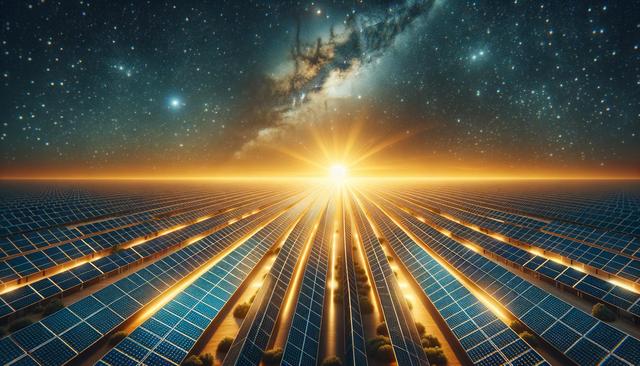Understanding How Solar Panels Work
Solar panels, also known as photovoltaic (PV) panels, convert sunlight into electricity through a process called the photovoltaic effect. Each panel is made up of many solar cells, typically composed of silicon, which absorb sunlight and release electrons. These electrons generate an electrical current that can be used to power homes, businesses, or stored for later use. The basic components of a solar panel system include:
- Solar panels to capture sunlight
- An inverter to convert direct current (DC) to alternating current (AC)
- Mounting equipment to hold the panels in place
- Batteries (optional) for energy storage
The effectiveness of solar panels depends on various factors such as location, orientation, shading, and maintenance. Areas with high solar irradiance benefit the most, but modern solar technologies have improved performance even in less sunny climates.
Environmental and Economic Benefits
One of the most significant reasons for switching to solar panels is the positive impact on the environment. Solar energy is clean, renewable, and reduces reliance on fossil fuels, which are linked to greenhouse gas emissions and pollution. By generating electricity from the sun, solar panels help lower your carbon footprint and support a more sustainable future. Key environmental benefits include:
- Reduction in air and water pollution
- Decreased greenhouse gas emissions
- Conservation of natural resources
Economically, solar panels offer potential long-term savings. After the initial investment, many users experience lower electricity bills and may qualify for tax credits or incentives depending on local policies. Some utility companies also offer net metering, allowing users to sell excess electricity back to the grid, further offsetting costs.
Installation Process and Considerations
Installing solar panels involves several important steps and decisions. First, an assessment of the property’s energy needs and solar potential is conducted. This includes evaluating roof space, orientation, and shading from nearby structures or trees. Once a system is designed and approved, installation typically proceeds as follows:
- Securing necessary permits
- Mounting the panels on the roof or ground
- Connecting the system to the inverter and electrical grid
- Testing and commission of the system
It’s important to work with experienced and certified professionals to ensure the system is safe, efficient, and compliant with local regulations. Additionally, understanding warranty terms and maintenance responsibilities can help maximize the system’s lifespan and reliability.
Types of Solar Panel Systems
There are several types of solar panel systems available, each suited to different energy needs and property types. The most common categories include:
- Grid-tied systems: Connected to the public electricity grid, allowing for net metering
- Off-grid systems: Operate independently with battery storage, ideal for remote areas
- Hybrid systems: Combine grid connection with battery storage for added flexibility
Each type has its advantages depending on the user’s location, energy demand, and budget. Grid-tied systems are popular in urban settings due to their cost-effectiveness, while off-grid and hybrid systems are well-suited for areas with limited grid access or unreliable electricity supply.
In addition to system type, panel technology also varies. Monocrystalline panels are known for higher efficiency and a sleek design, while polycrystalline panels are slightly less efficient but more affordable. Thin-film panels offer flexibility and lower weight, making them suitable for specific applications such as RVs or portable energy solutions.
Maintenance and Longevity
One of the appealing aspects of solar panels is their low maintenance requirements. Most systems require minimal upkeep beyond occasional cleaning and routine inspections. Keeping panels free of dust, bird droppings, and debris ensures optimal performance. Key maintenance tips include:
- Cleaning panels with water and a soft cloth or sponge
- Inspecting for physical damage or loose connections
- Monitoring system performance through software or meters
Many solar panel systems come with warranties ranging from 20 to 25 years, though the panels themselves can last even longer with proper care. Inverters typically need to be replaced after 10 to 15 years. Regular maintenance not only extends the life of the system but also helps identify and resolve issues early, maintaining energy efficiency and user satisfaction.
Conclusion: A Smart Investment for the Future
Solar panels represent a practical and increasingly accessible option for those looking to reduce energy costs and environmental impact. Whether for a residential home or a commercial property, the adoption of solar technology supports long-term sustainability goals while offering potential financial benefits. As technology improves and costs continue to fall, solar panels are expected to play a major role in the shift toward cleaner, more resilient energy systems. Those considering solar should take the time to assess their specific needs, consult with qualified providers, and explore available incentives to make an informed and rewarding decision.







